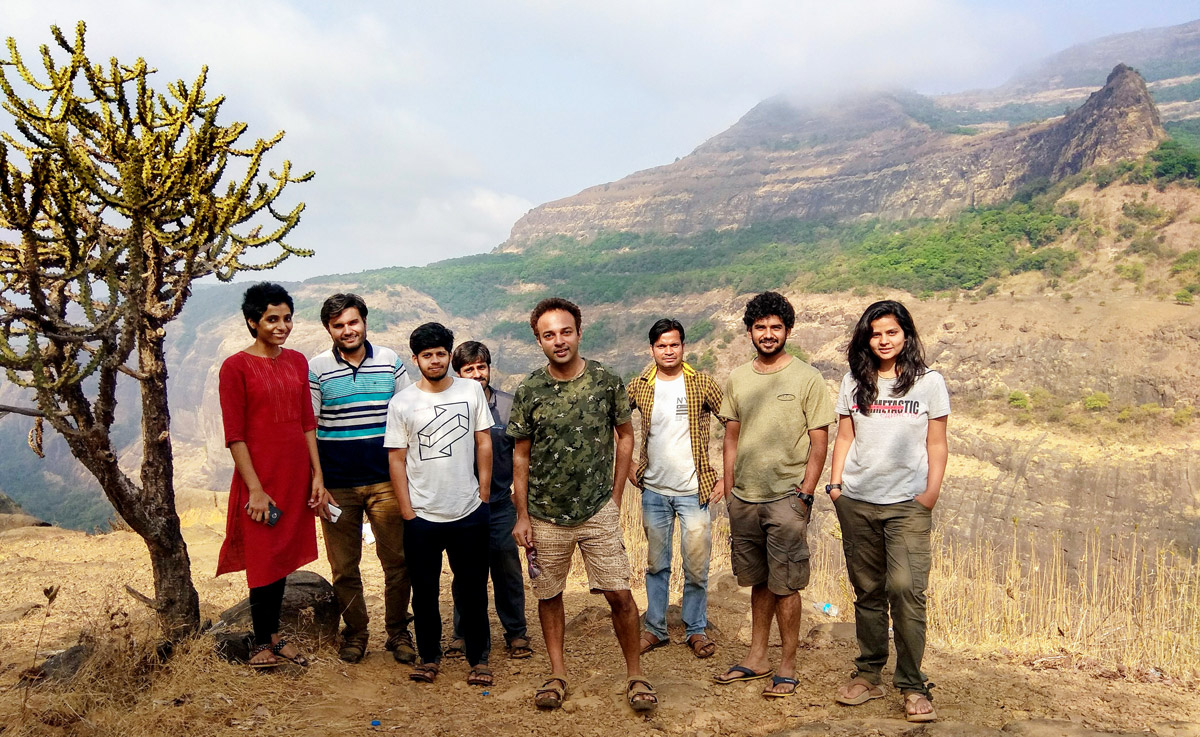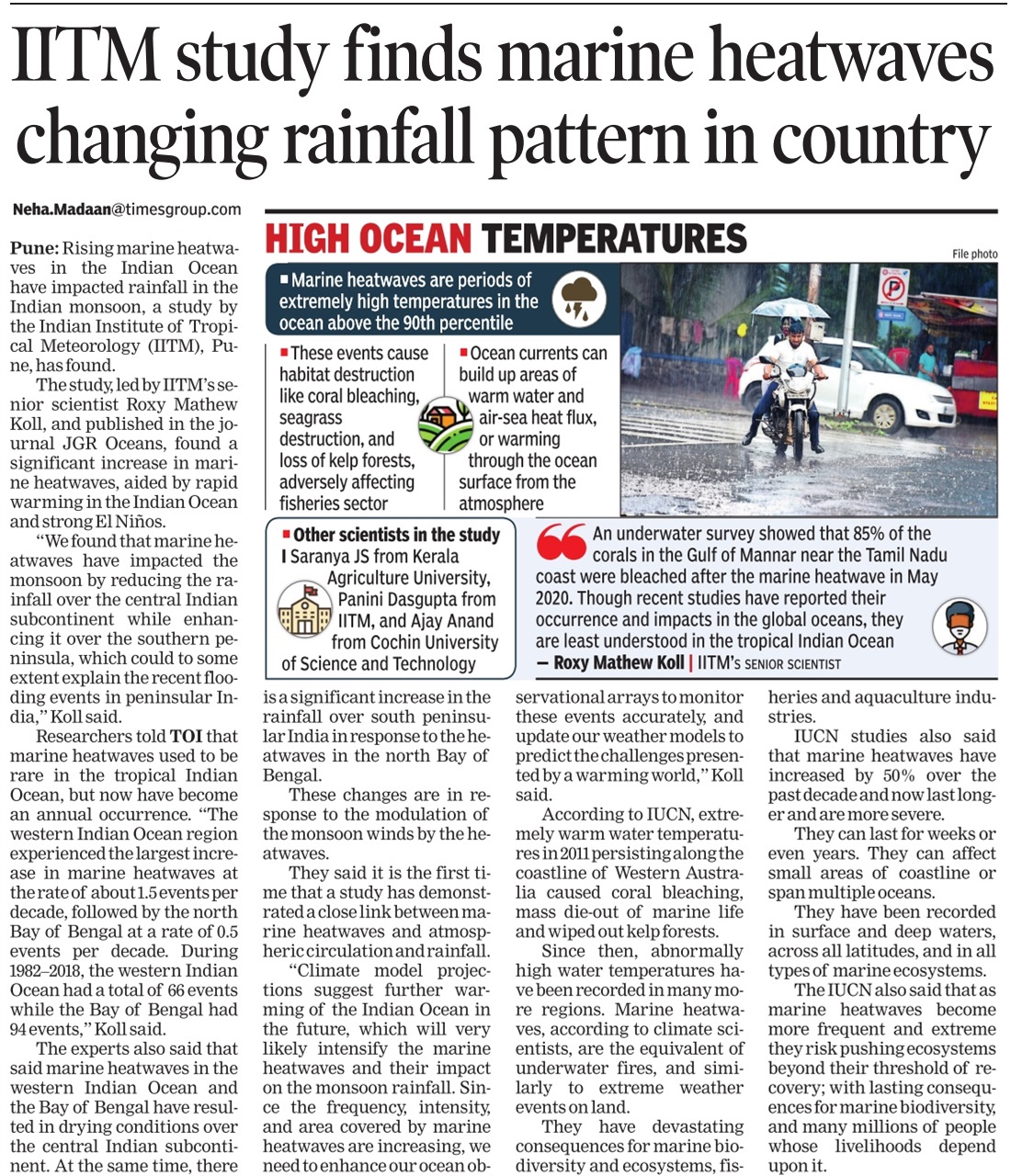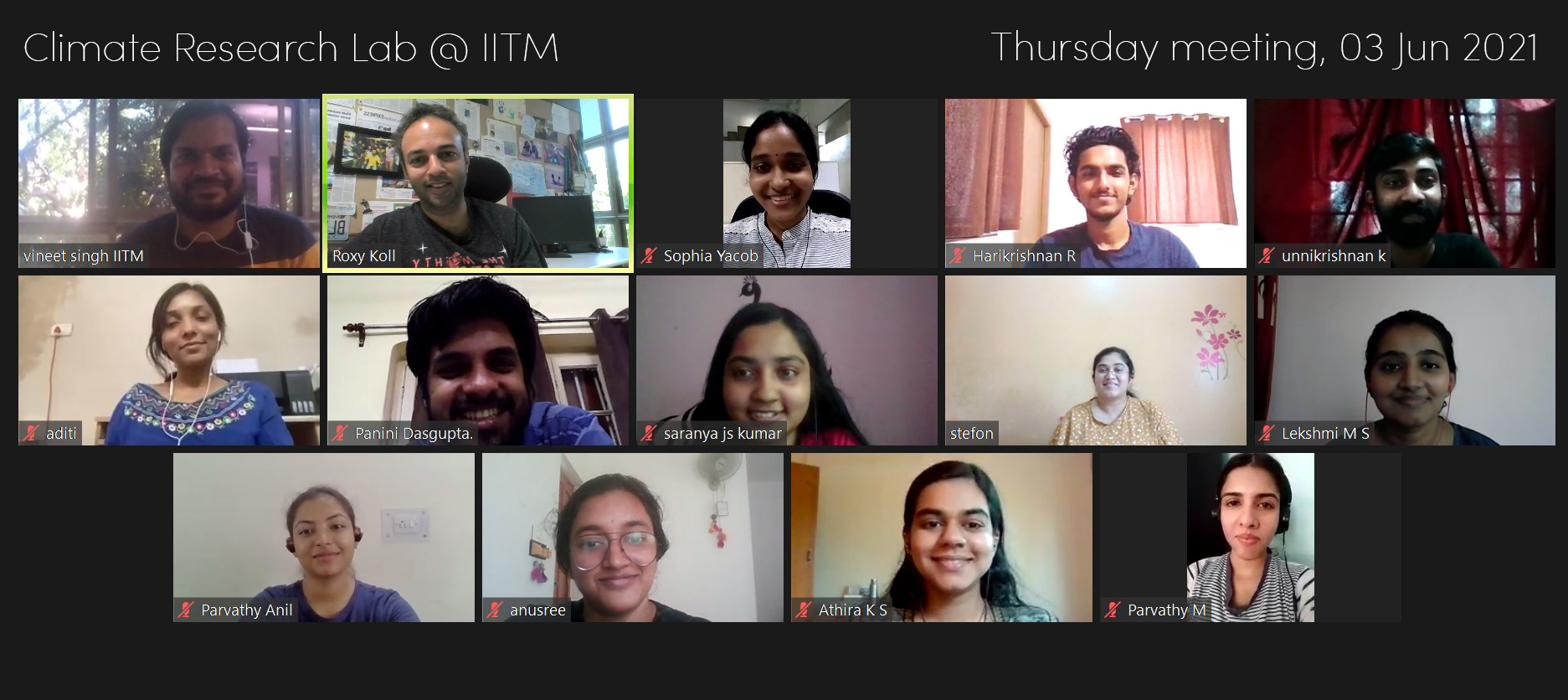| On BBC World News | ||
| BBC World News discussion on Cyclone Nisarga and Compound Effects over India, 3 June 2020 | ||
| IndOOS Review | ||
IndOOS Review published in the Bulletin of American Meteorological Society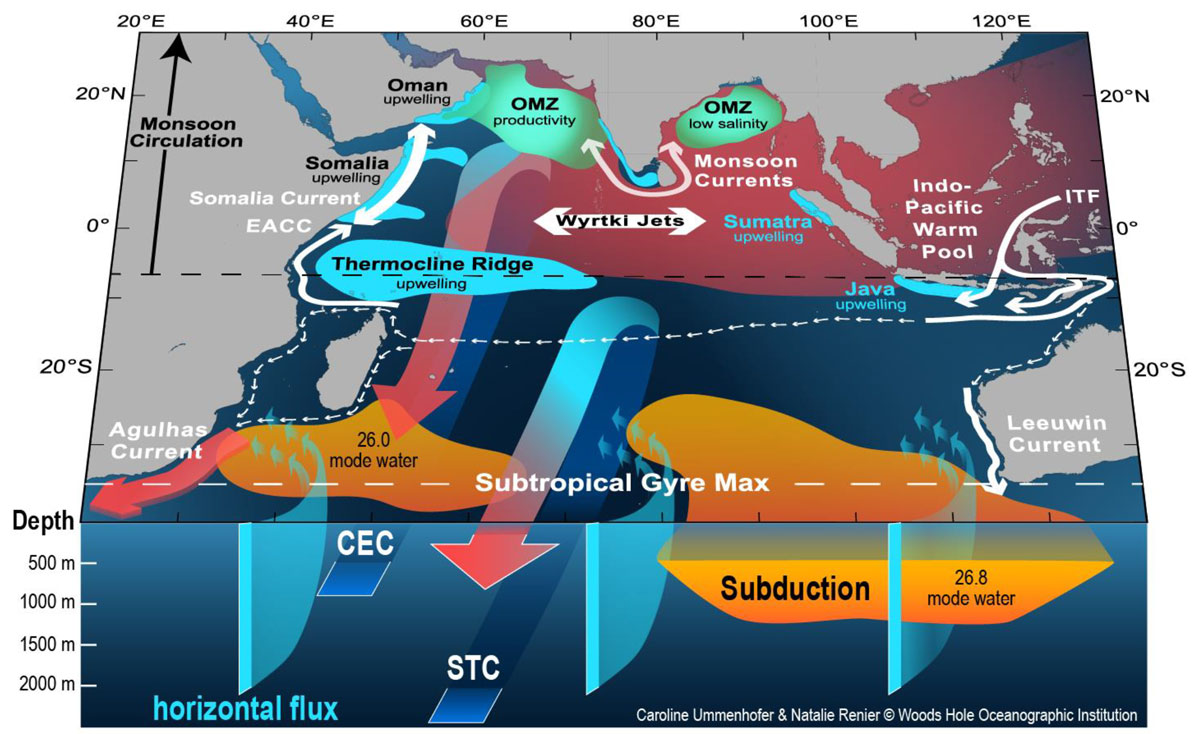 Beal, L. M., J. Vialard, M. K. Roxy and Coauthors, 2020, A roadmap to IndOOS-2: Better observations of the rapidly-warming Indian Ocean. Bull. Amer. Meteor. Soc., doi: 10.1175/BAMS-D-19-0209.1 [pdf]. | ||
| Monsoon Review | ||
Global Monsoon Review published in the Bulletin of American Meteorological Society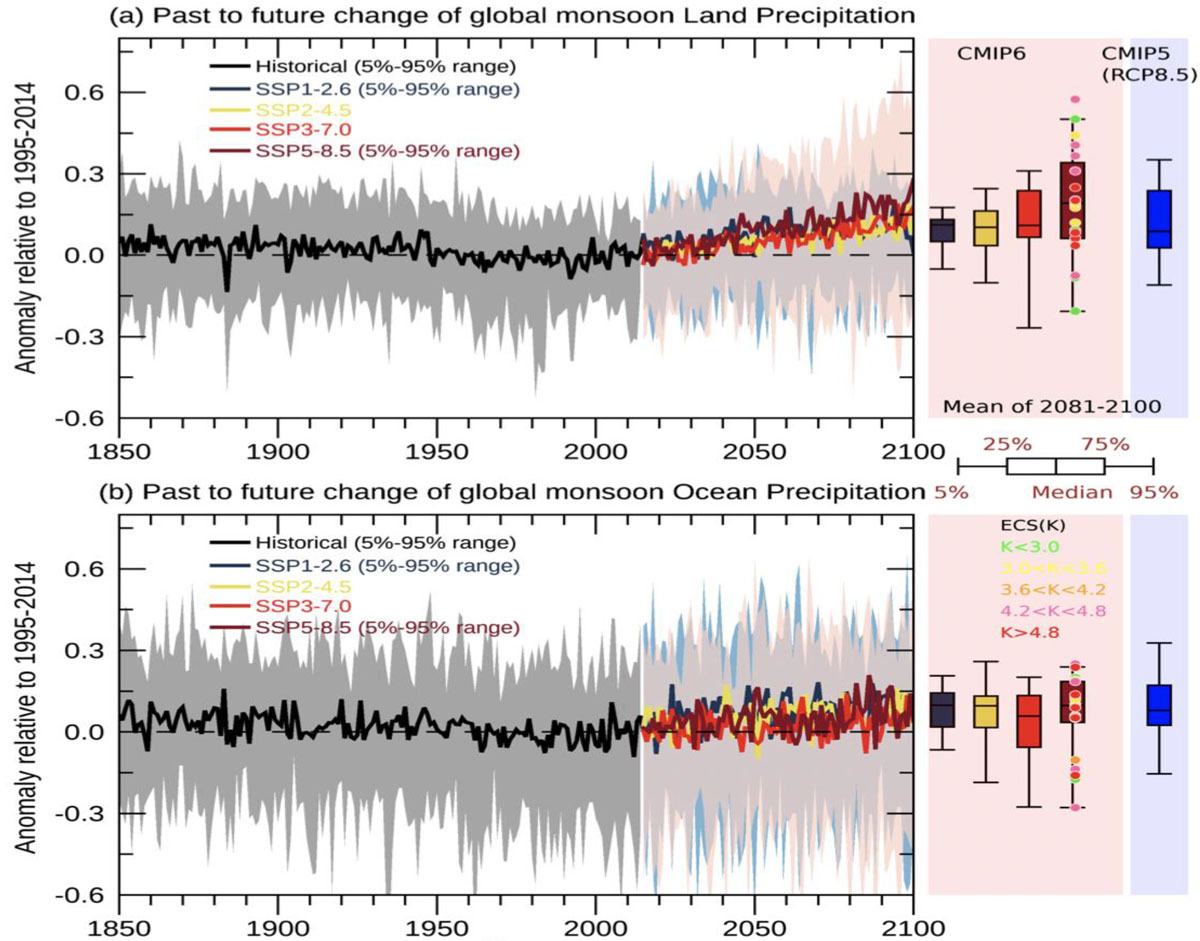 Ref: Wang, B., M. Biasutti, M.P. Byrne, C. Castro, C. Chang, K. Cook, R. Fu, A.M. Grimm, K. Ha, H. Hendon, A. Kitoh, R. Krishnan, J. Lee, J. Li, J. Liu, A. Moise, S. Pascale, M.K. Roxy, A. Seth, C. Sui, A. Turner, S. Yang, K. Yun, L. Zhang, and T. Zhou, 2020, Monsoons Climate Change Assessment. Bull. Amer. Meteor. Soc., doi: 10.1175/BAMS-D-19-0335.1 [pdf]. | ||
| Western Ghats—The Wounded Hills | ||
| In a first-time documentary from The Hindu, we show how human actions—both at global and local levels—cause heavy rains, floods, and landslides, and are bringing the hills down. | ||
| Warm Pool expansion changes MJO and global rainfall patterns | ||
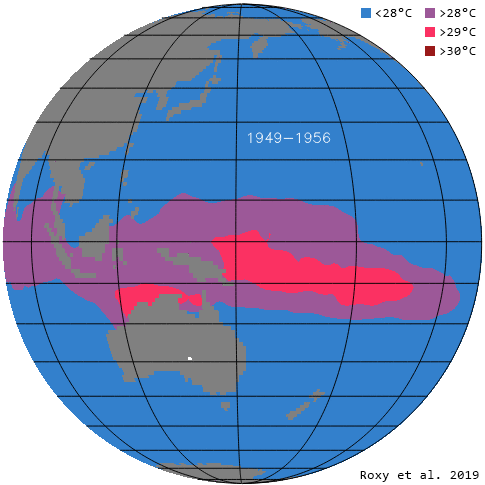
Roxy M. K., Panini Dasgupta, Michael J. McPhaden, Tamaki Suematsu, Chidong Zhang and Daehyun Kim, 2019, Twofold expansion of the Indo-Pacific warm pool warps the MJO lifecycle, Nature, 575, 647–651. doi: 10.1038/s41586-019-1764-4. | ||
| Times of India highlights IPCC and IORP findings on sea level rise | ||
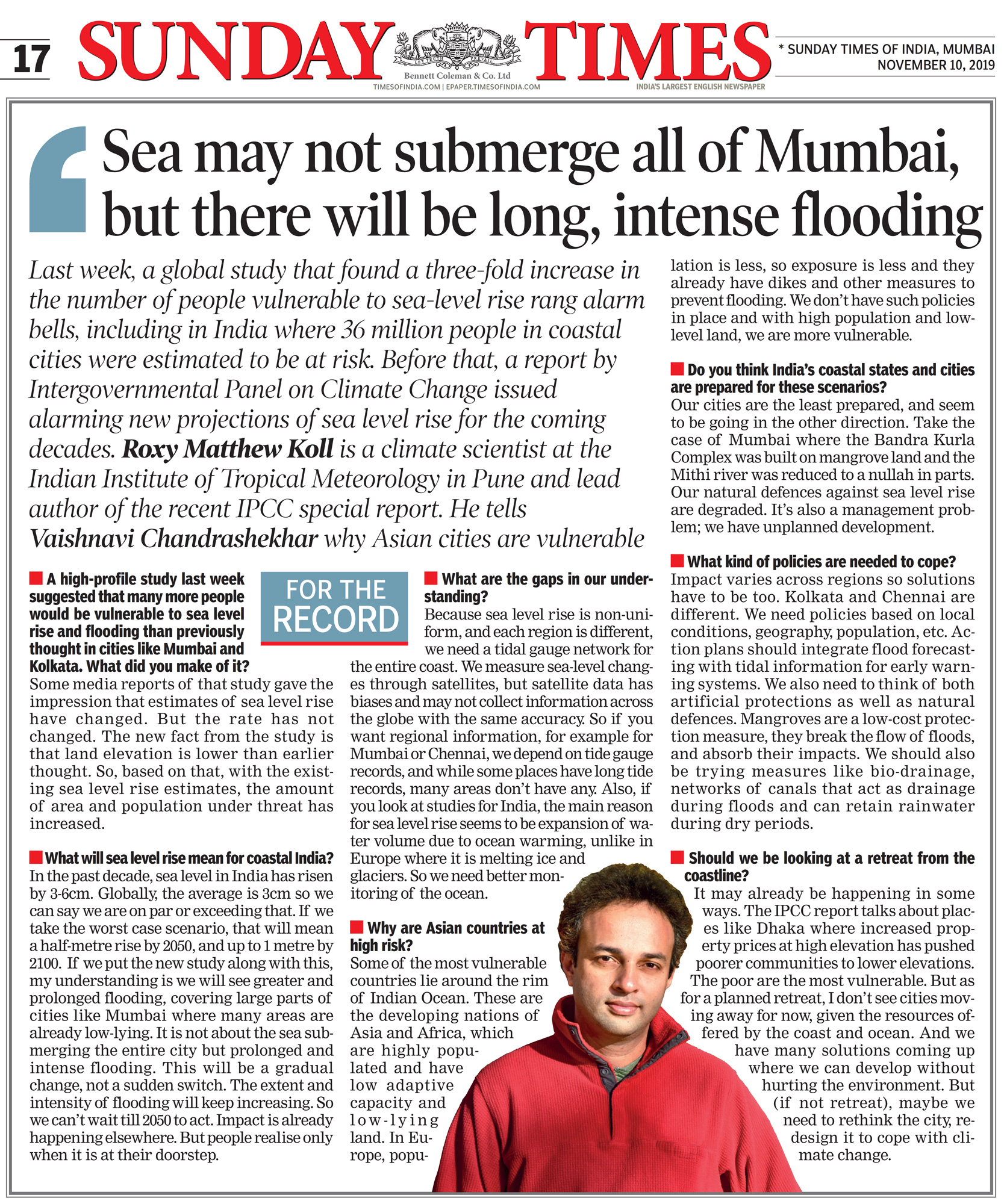 Interview by Viashnavi Chandrashekhar in Times of India, regarding IPCC findings on sea level rise, and on IORP recommendations for addressing observational gaps. Interview by Viashnavi Chandrashekhar in Times of India, regarding IPCC findings on sea level rise, and on IORP recommendations for addressing observational gaps.Recent estimates—that is during the last decade—shows that the sea level rise along the Indian coast is about 3-6 cm per decade. That is about half a meter rise for 2000–2050 and a 1-meter rise for 2100. There are regions in Mumbai, and other cities (probably), which are already below or near sea level. They may not be bang on the coast, but without adequate protection, seawater inflow and extreme rains can submerge them for long periods. The impact is more when multiple extremes act together—these are called “compound events”. For example, when you have heavy rainfall events over increased sea level, the impact of floods would be much higher. This is applicable to cities like Kochi and Kolkata also. Remember the 2018 Kerala floods? The heavy rains happened along with a high tide, so the flood water did not flow out into the sea as fast as usual. The scenario with sea level rise is similar. | ||
| Climate Research Lab, 2020 | ||
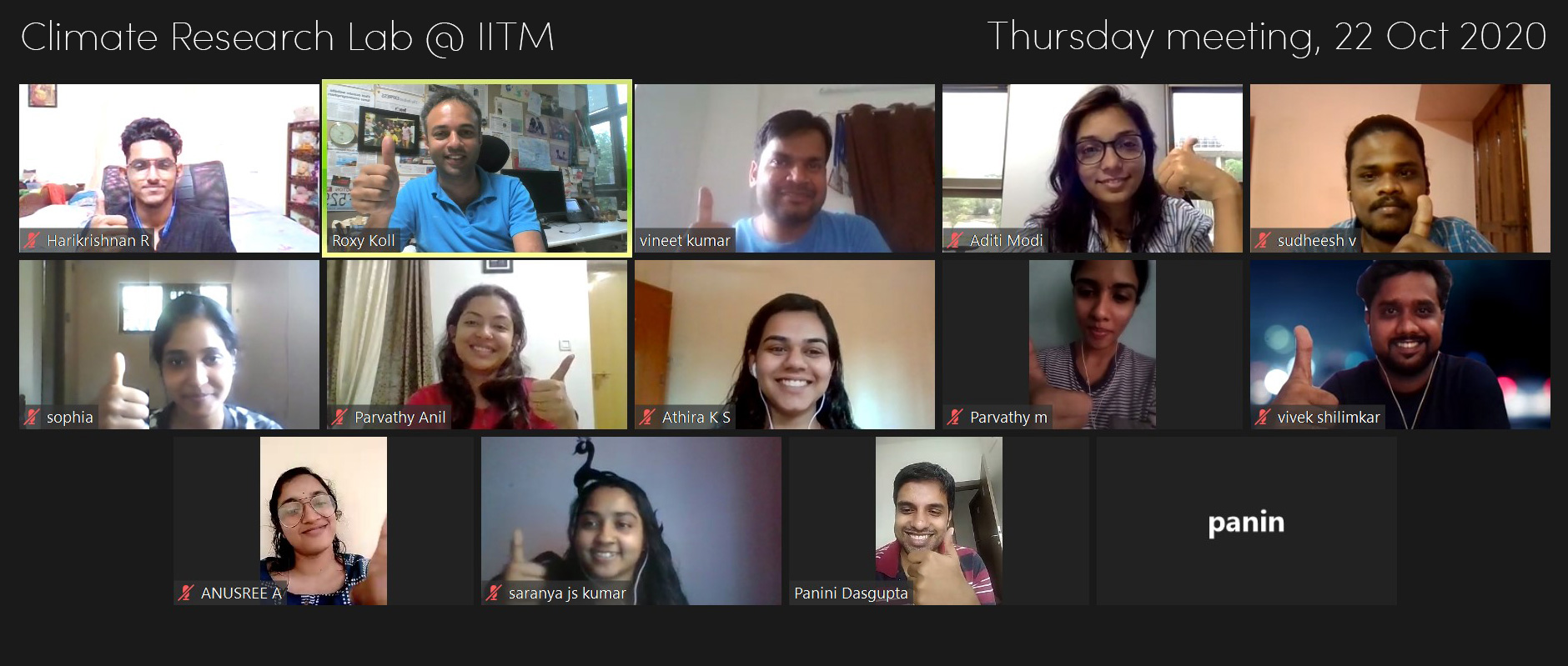 |

